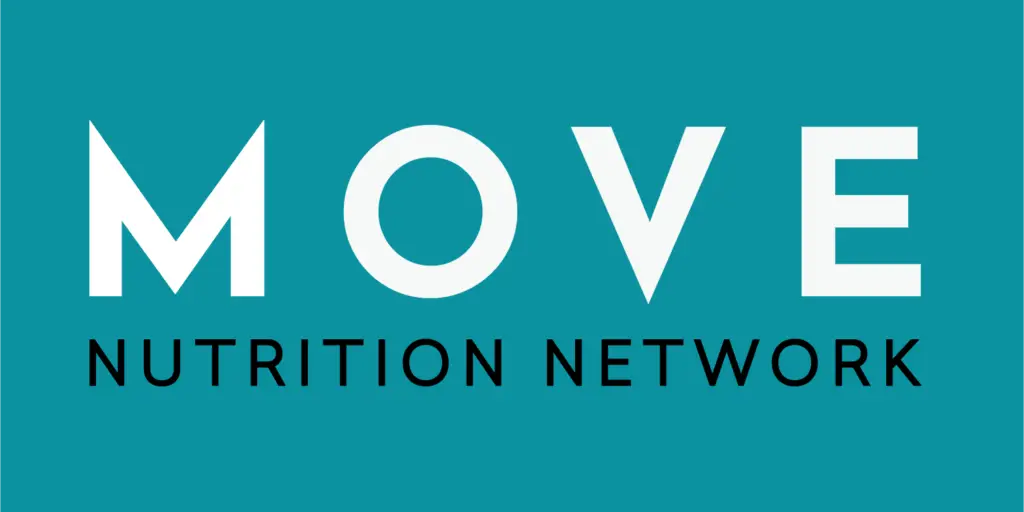Rehabbing the strength category
Insights from Industry Veteran Todd SpeaR

by Elyse Lovett, Editor
Over the past decade the conversation around strength has shifted dramatically. Once dominated by young men focused on muscle building in the gym, the strength and protein market has broadened to include a diverse demographic. Seasoned industry veteran Todd Spear, VP of Sales and Marketing at Protein Research has seen this shift firsthand. Todd explains how this change is driven by a growing awareness that muscle health and strength are fundamental to healthy aging and an active lifestyle.
How has the conversation around “strength” changed over the past 10 years.
I see strength, muscle health, and protein intake as inextricably connected. Ten years ago, the protein market was young men chasing gains in the gym. There has been a huge transition from “brotein” to a broad demographic of protein users. Women are now among the top consumers of protein products. At the same time, my 80-year-old father was asking me about protein supplements in the past week. Likewise, I’ve had a lot of conversations with my neighbors and friends about protein supplements and daily intakes.
I think that has a lot to do with the changes in attitudes not just about protein intake but the awareness that muscle health and strength are fundamental to healthy aging. You used to hear concerns from women about getting “too muscular” or “too big,” from taking protein or creatine, but that’s just not a concern you hear today. Part of that might be tied to lean, muscular body types being more idealized than they have been in the past. However, I think a bigger part of it is that more people realize that strength and size are not intrinsically tied. You’re not going to become Arnold accidentally. I routinely see petite women in the gym putting up significant weight. The other change I’ve noticed is the sheer number of seniors in the gym. More and more, doctors are encouraging seniors to lift weights and stay active. It’s a great change and a good business opportunity for brands to innovate in the sports and active nutrition space.
We see “strength” in all walks of life from younger athletes to older adults. What are the needs in regard to strength of these different demographics?
Strength equals muscle health and collectively skeletal muscle is the largest organ in the body. Maintaining muscle health is critical to both lifespan & health span. There is compelling research that indicates that healthy muscles ward off many diseases of aging as well as frailty issues. As we age, it is harder to build and maintain muscle, therefore as we age our efforts need to be more deliberate and more consistent. Adequate protein intake is also going to be essential. I believe more people are viewing strength through this lens. Routine exercise, both aerobic and weight-bearing exercise is the single best thing you can do for your overall health and your strength.
I’m a Gen Xer. When speaking with my friends one thing we are all sure of is that we want to age better than our Boomer parents. It seems like everyone I know my age is on a health kick and trying everything they can to slow the decline. Even in an election year, it’s the thing we seem to talk about the most. I see a lot of products marketed to boomers, millennials, and even Gen Z, but I don’t see a whole lot targeting Gen X. I see that as a big white space that will get filled in the next few years.
Is there any new research in terms of strength that you have seen? Older adults? women? How does this help the market?
Perhaps I’m just becoming more aware of it as age, but over the last decade, there seems to be a lot of research on the role of muscle health in aging. The data seems to be clear; maintaining muscle strength is vital to healthy aging. Grip strength is often used in a clinical setting as a proxy measurement of overall strength. And while there can be a lot of noise in those tests, it is worth paying attention to. So, if those pickle jars are getting harder to open, consider it a warning sign and put in some extra time at the gym!
Historically women have been underrepresented in exercise and sports nutrition research. Fortunately, as more female researchers have entered the space, we are seeing more clinical research on women, and we are seeing that there are significant differences in the nutritional and training needs between women and men. For instance, perimenopausal women need a larger bolus of protein post-workout than males of the same age because they have greater anabolic resistance. Additionally, the optimal window in which to get that protein is much shorter than in men. I’m sure that it comes as no surprise to your women readers that their needs are different from men’s, but the science is relatively new. The old supplement model of “shrink it and pink it,” can’t go away fast enough.
Where do you see the most opportunity for research on “strength” as it relates to different stages of life?
Kids. Children today are often pushed harder in sports and train harder and more frequently than they did in the past. Kids under 16 are some of the least studied athletes. Marketing supplements for kids is tricky, but you have 12-year-old kids training for a given sport (or in multiple sports) 5-6 days per week. Can their muscles recover that fast? How much training is too much? What do their dietary needs look like? How rapidly are their glycogen stores drained and then replenished? How much protein should they be getting? Perhaps it’s out there, but I haven’t seen it. That seems to be a knowledge gap. Just like women are not “little men” kids may not be “little adults” and I’d like to better understand how to help my kids reach their goals.
Any other information you would like to include? New branded ingredients for strength? New research on ingredients for strength? Market trends?
As someone who has spent most of their career in product development and ingredient sales, I have a natural tendency to think things in terms of ingredients, so this is a topic right up my alley.
Helaina has introduced effera™ lactoferrin that is an equivalent to human lactoferrin and is created through precision fermentation. It’s an interesting ingredient with potential uses, for infant nutrition, women’s health, active nutrition and more. I think it’s going to be hugely successful and could be a real game-changer in active nutrition and women’s health.
In the same vein, Perfect Day Nutrition has used precision fermentation to create a protein that is identical to whey, without the cow. It is reportedly more environmentally friendly and is an interesting alternative to other vegan proteins.
Another ingredient that seems to have a meaningful benefit for people of all ages is HMB. TSI’s MyHMB in combination with vitamin D, has been shown to prevent muscle loss in sedentary individuals. I see that as hugely beneficial to large segments of the population. Not surprisingly MyHMB has an even greater benefit in active people. Plus, there is also a clinical trial that shows a synergistic effect when MyHMB is used with creatine, resulting in greater benefits when combined than when either compound is used alone.
However, the biggest market for this product might be for GLP-1 support. We know GLP-1 agonist drugs can result in muscle loss and that MyHMB can attenuate muscle loss in a variety of situations. It’s not a huge logical leap to suggest that it could benefit the users of that class of drugs. Any dieter who is looking to prevent muscle loss as they lose weight might want to consider using MyHMB. I believe it is going to be the next creatine and it’s something I recommend regularly. It’s not new, but much like creatine, the research is extensive and sound.
Peptistrong is another interesting ingredient. It is a new peptide discovered using AI marketed by Nuritas. I don’t recall the demographics that were used in studies but it is a hot ingredient for strength. As I recall, it works along the mTOR pathway to increase strength and mitochondria levels. Joey Savage and Glaxon put this one on the map. Since then, Nutrabolt has gotten behind it in a big way. I think we will see a lot more products and research in the next few years.
Active nutrition is booming. Protein, creatine, and hydration, products have exploded for the last couple of years and are showing no signs of slowing down. Greens and mushroom products are also on a tear. While they used to be confined to specialty brands, a lot of active nutrition brands have added them. Protein has thin margins, and whey is at an extraordinarily high price point right now. This may make entering the protein market a real challenge, but if you don’t have a hydration, greens, or mushroom product, you’re missing out and should give me a call.
Subscribe for additional Move Nutrition Quarterly content like research updates, market insights, and more.

